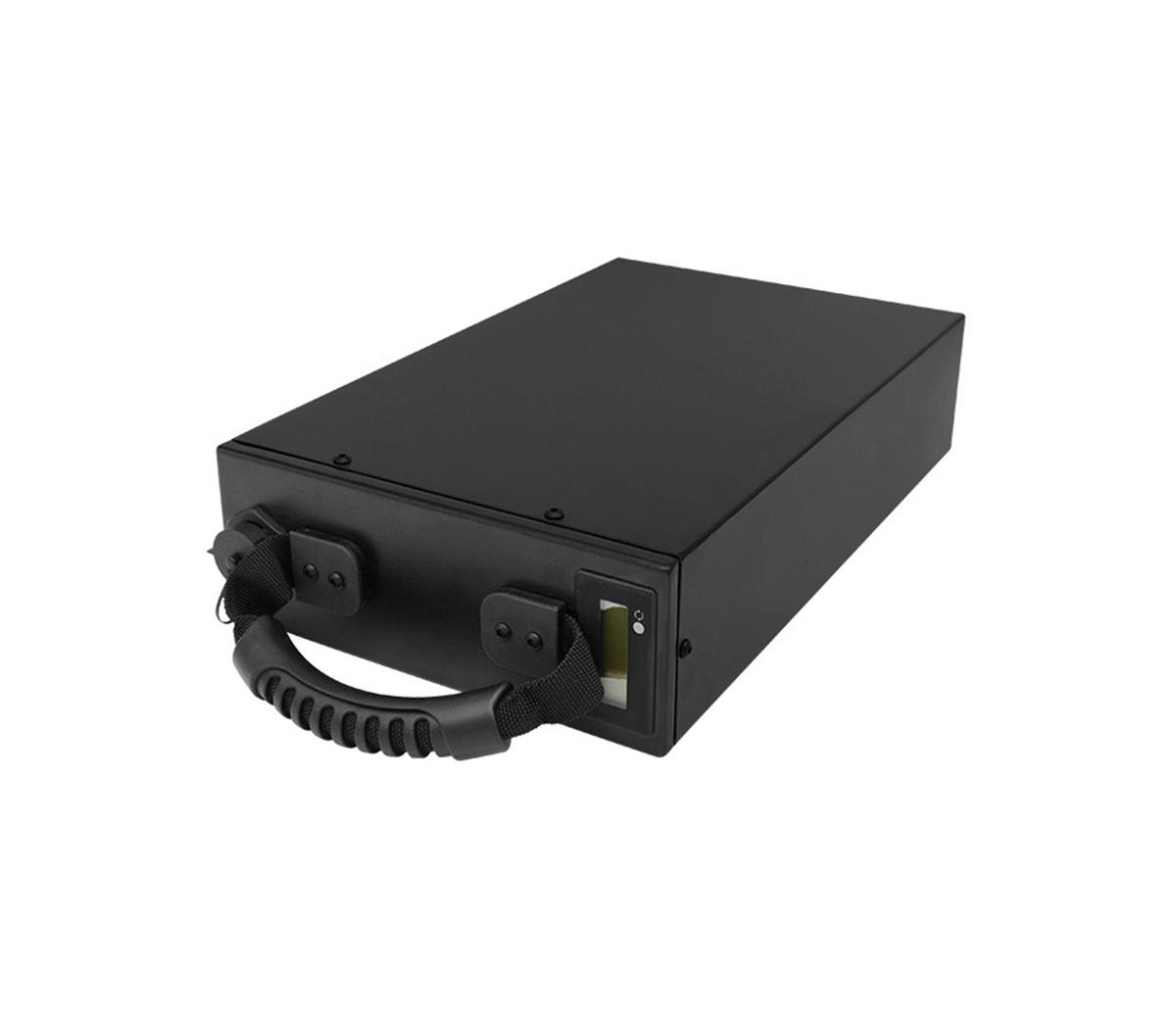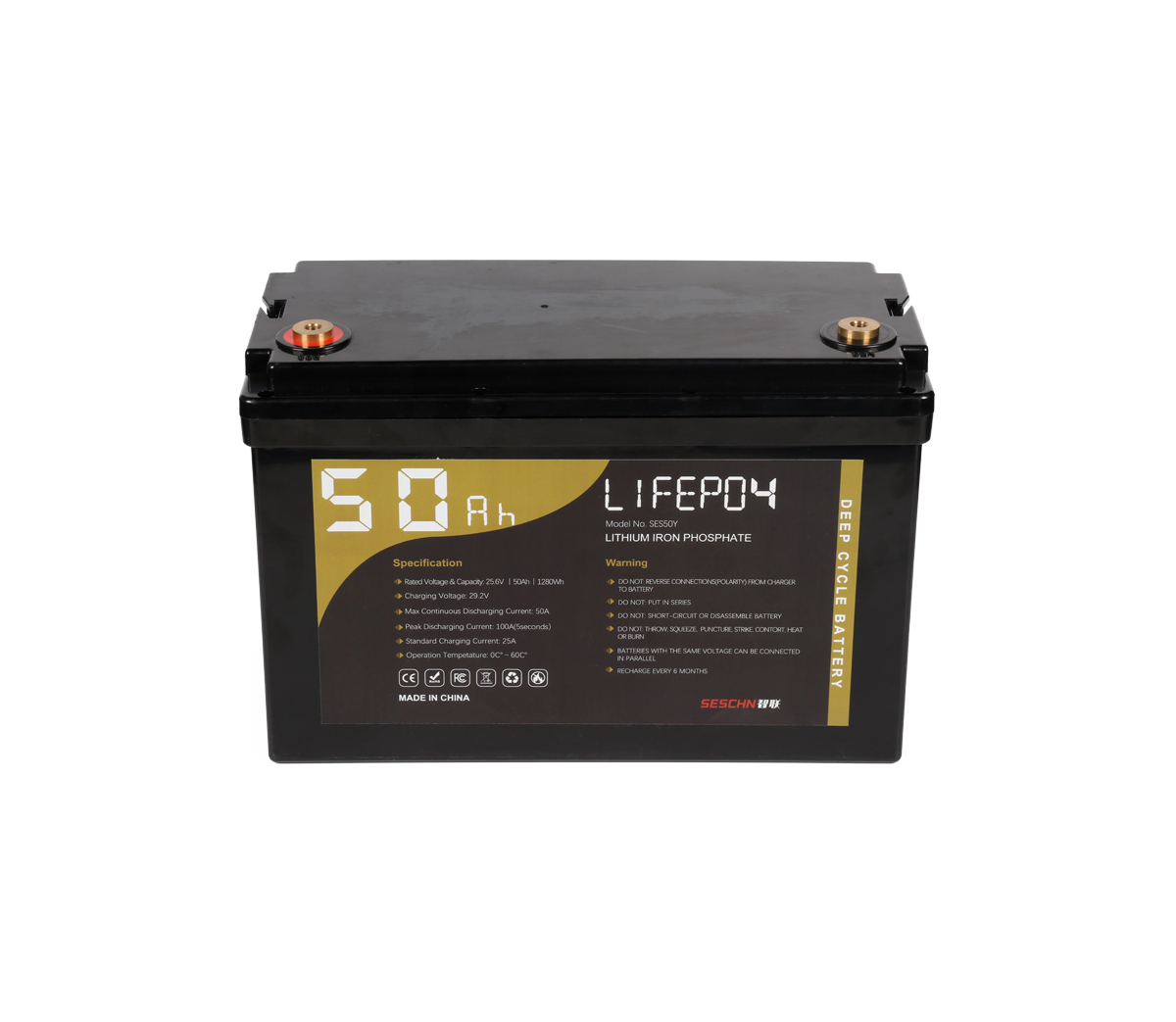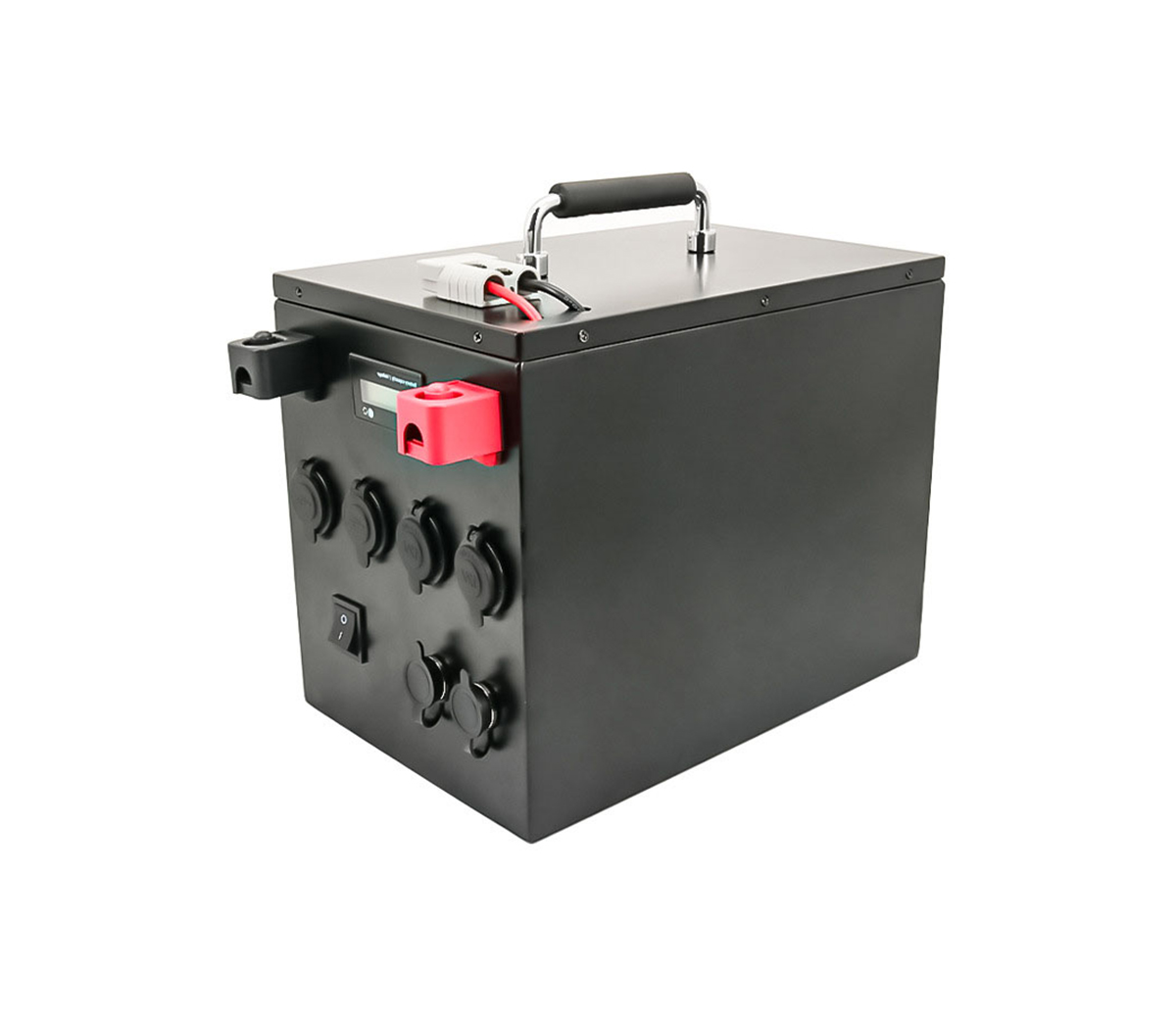Single battery voltage meaning Single battery voltage detection
technology
With the development of pure electric vehicles and hybrid vehicles, the
series battery pack as an important energy storage device is a key factor
affecting the performance of the entire vehicle.
With the development of pure electric vehicles and hybrid electric
vehicles, the series battery pack as an important energy storage device is a key
factor affecting the performance of the entire vehicle.
Extending battery life and improving battery efficiency are the keys to the
commercialization and practicality of electric vehicles. Due to the bucket
effect, the overall performance of the series battery pack depends on the
worst-performing single cell in the battery pack. In order to effectively manage
the energy usage of the series battery pack, it is necessary to monitor the
status of the single cells in the series battery pack in real time. . Among the
parameters that characterize the battery state, the terminal voltage of the
battery best reflects its working state, so it is very important to accurately
collect the voltage of each single cell in the battery pack.
2. Existing single battery detection methods
There are many methods for measuring the voltage of a single battery at
present, which can be mainly summarized as several methods such as voltage
divider resistance step-down, floating ground measurement, analog switch gating,
etc. The following is an analysis of these methods:
1, resistance divider method
The resistance partial pressure method is mainly to attenuate the actual
voltage to the acceptable voltage range of the measuring chip through the
resistance partial pressure, and then perform analog-to-digital conversion. U1
corresponds to the voltage of BT1, Un-1 corresponds to the voltage from BT1 to
BTn-1, and Un corresponds to the voltage of the entire battery pack, as shown in
Figure 1. In terms of measurement, this method has low cost and long life, but
there are accumulated errors that cannot be eliminated. As the number of single
cells increases, the measurement error of the single cell voltage will increase
with the increase of the common-mode voltage.
2, floating ground measurement method
When using floating ground technology to measure the battery terminal
voltage, the window comparator will automatically determine whether the current
low potential is appropriate. If it is appropriate to directly start the
analog-to-digital conversion for measurement; if it is too high or too low, the
low potential is floated through the digital-to-analog through the
microcontroller to make the low potential in a proper state. This scheme is
often subject to on-site interference and changes due to the low potential,
which cannot accurately control the low potential, which affects the measurement
effect of the entire system.
3. Analog switch method
The analog switch is used to select the measurement channel through the
analog switch, and each channel uses an operational amplifier to form a linear
sampling circuit. When the channel to be measured is selected, the output of the
analog switch is sent to the analog-to-digital converter through the voltage
follower for analog-to-digital conversion. This method selects an appropriate
magnification according to the total voltage of the battery pack in series, and
can directly measure the voltage of any battery without the need for a resistor
divider network or changing a low potential. The measurement is convenient.
However, this method requires a large number of operational amplifiers and
precision matching resistors, which is costly, and the dispersion of the
resistors will lead to higher dispersion of the measurement results.
The literature [4] proposes using a switch matrix to construct a
measurement circuit. This solution has low cost and high measurement accuracy,
but it requires an absolute value circuit. Literature [5] uses an operational
amplifier combined with a relay to overcome the temperature drift problem, but
like the analog switch method, a large number of operational amplifiers and
relays are also required, and the relay will have life problems.
Three, new type single battery voltage detection method
1, overall plan
Because the differential amplifier can overcome the interference of the
common mode signal, only the differential signal is processed. Using the switch
matrix to lead out the two ends of each single battery, the terminal voltage can
be measured without being affected by other batteries. The overall structure of
the program is shown in Figure 2. When SB1 and SB2 are closed, other switches
are turned off, and the potentials of both ends of the battery BT1 are connected
to the positive and negative ends of the differential amplifier. After being
amplified by the differential amplifier, they are sent to the modulus. The
converter performs analog-to-digital conversion; when SB2 and SB3 are closed and
other switches are off, the potentials of both ends of the battery BT2 are used
for the positive and negative ends of the differential amplifier, and so on to
measure the voltage of the single cells in all battery packs.
The maximum voltage of each lithium-ion battery is 5V, which can be
obtained from Figure 3. The input potential of pin 3 of the first INA117 is the
highest 40V. Similarly, the input potential of pin 2 of the 16th INA117 is the
lowest of -40V. The output voltages of the eight INA117s are positive, and the
output voltages of the ninth to sixteenth INA117s are negative. Therefore, one
more analog switch and A/D converter are required to be able to input positive
and negative voltages. MUX16 is selected as one of the analog switches. 16-to-1
can be used for positive and negative voltage input analog switches. Therefore,
16 batteries only need 1 MUX16. However, due to the limited IO ports of the
single-chip microcomputer, a 74LS154 is used in the article to expand the IO
port, and only the single-chip microcomputer is used. 4 IO ports can control
MUX16 to separately gate single-cell lithium-ion batteries for voltage
sampling.
1.3A/D converter
It is not necessary to sample the voltage of each battery at a very high
sampling speed to monitor the battery pack. The sampling of 16 battery voltages
shares one A/D converter [4]. The measured voltage input by each battery is
connected to the A/D converter through a multi-select analog switch MUX16.
According to the battery voltage update cycle and voltage requirements, the
maximum error of the voltage conversion value sent by the A/D converter to the
microcontroller is 10mV. Choose MAX1272.
MAX1272 is a 12-bit serial analog-to-digital converter with fault
protection and software selectable input range. It uses SPI three-wire
communication protocol, +5V power supply, and analog input voltage range is
0~10V, 0~5V, ±10V, ±5V. Built-in +4.096V reference voltage. When using the
internal +4.096V reference voltage, ideally the digital output corresponding to
the analog voltage input is shown in Table 1.
When PCB layout, these two capacitors are required to be as close as
possible to MAX1272.
1.4 Temperature monitoring
For series battery packs, traditional temperature measurement methods
mostly use analog temperature sensors for measurement, which are susceptible to
interference from the external environment during data collection and
transmission, resulting in large errors in the measured results, and when there
are many measurement points, The connection is more complicated. The single-chip
microcomputer and single-bus digital temperature sensor DS18B20 are used in the
article to solve the above-mentioned problems [5]. The principle is shown in
Figure 5.
Using external 5V power supply, multiple DS18B20s can be connected to the
bus, and accurate temperature conversion can be performed at the same time,
without the need for an external drive circuit. Temperature measurement range
-55~+125℃; temperature measurement accuracy: within the range of -10~+85℃, the
accuracy is ±0.5℃; in the process of temperature acquisition, the single-chip
microcomputer chip needs to send command words to DS18B20 and also needs to read
The temperature collected by DS18B20. Therefore, the I/O of the microcontroller
controller must be set to have the ability to transfer data in both
directions.
In this detection system, every other lithium-ion battery is connected to a
DS18B20 on the bus, 8 temperature monitoring points are set, and the temperature
of 8 points is detected at the same time. In actual application, the MCU
software judges the temperature value that needs to be displayed: when the
temperature is higher than 10°C, the highest temperature value among the 8
temperature points is displayed; when the temperature is lower than 10°C, the
lowest temperature among the 8 temperature points is displayed Value to achieve
an effective and reasonable temperature monitoring effect.
1.5 Fan and heating control circuit
For the heat dissipation of the battery, a fan control circuit is designed
to determine whether the fan is turned on or off by judging the measured battery
temperature. When the temperature is too high, the microcontroller will send a
signal to turn on the fan.
The circuit is shown in Figure 6. When FAN is low, the transistor 9014 does
not conduct, and the relay has no action at this time; when FAN is high, the
transistor 9014 is turned on, causing the relay contacts to pull in, and the fan
is at the 24V power supply voltage. Start working under power supply.
For series-connected lithium-ion battery packs with complex application
environment, in addition to the high temperature, the low temperature must also
be considered. Because when the battery is operated in an environment with too
low temperature, the activity of lithium ions will be deteriorated, and the
ability of insertion and extraction will decrease, and it is easy to deposit on
the surface of graphite crystals to form lithium metal. The formed lithium metal
will irreversibly react with the electrolyte.
If the lithium-ion battery is operated at low temperature for a long time,
the capacity of the battery will decrease significantly. Therefore, the heater
control circuit is designed according to the needs, the principle is like the
fan control circuit.
2 Monitoring system performance
According to actual measurement, the series lithium-ion battery monitoring
system of INA117, 16-to-1 analog switch MUX16, MAX1272, 51 single-chip
microcomputer and DS18B20 is used to monitor 16 3.7V lithium-ion batteries, and
the voltage measurement error is completely within 10mV. In terms of
temperature, due to the higher accuracy of the DS18B20, the temperature error is
within 1°C. Both the voltage and temperature measurement meet the requirements,
and the system runs reliably. When the voltage of any battery in the
series-connected lithium-ion battery pack is less than 2.2V, the single-chip
microcomputer calls the mild alarm program to give an audible and visual alarm
and notify the battery in question.
When the voltage of any battery in the series-connected lithium-ion battery
pack is >5V, the single-chip microcomputer calls the serious alarm program to
give an audible and visual alarm. If the temperature value exceeds the allowable
range of the preset temperature value, the series-connected lithium-ion battery
monitoring system will give an audible and visual alarm. Both the fan and the
heating control circuit can start the control circuit normally according to the
set temperature. When the temperature is lower than 5°C, the heating control
circuit is started; when the temperature is higher than 50°C, the fan control
circuit is started.
3 Concluding remarks
The serial lithium-ion battery pack detection system uses a high
common-mode rejection ratio differential op amp INA117 to solve the problem of
common ground. The monitoring voltage error is plus or minus 10mV. If you want
to further improve the detection accuracy, you can choose a high-level A/D
converter. When testing, the lithium-ion battery is connected in series to the
testing module, so ensure that the wiring is correct. According to actual
applications, several detection systems can be connected in series to detect
more series-connected lithium-ion battery packs, but it must be ensured that the
common-mode voltage does not exceed the maximum protection common-mode voltage
range of INA117.


































